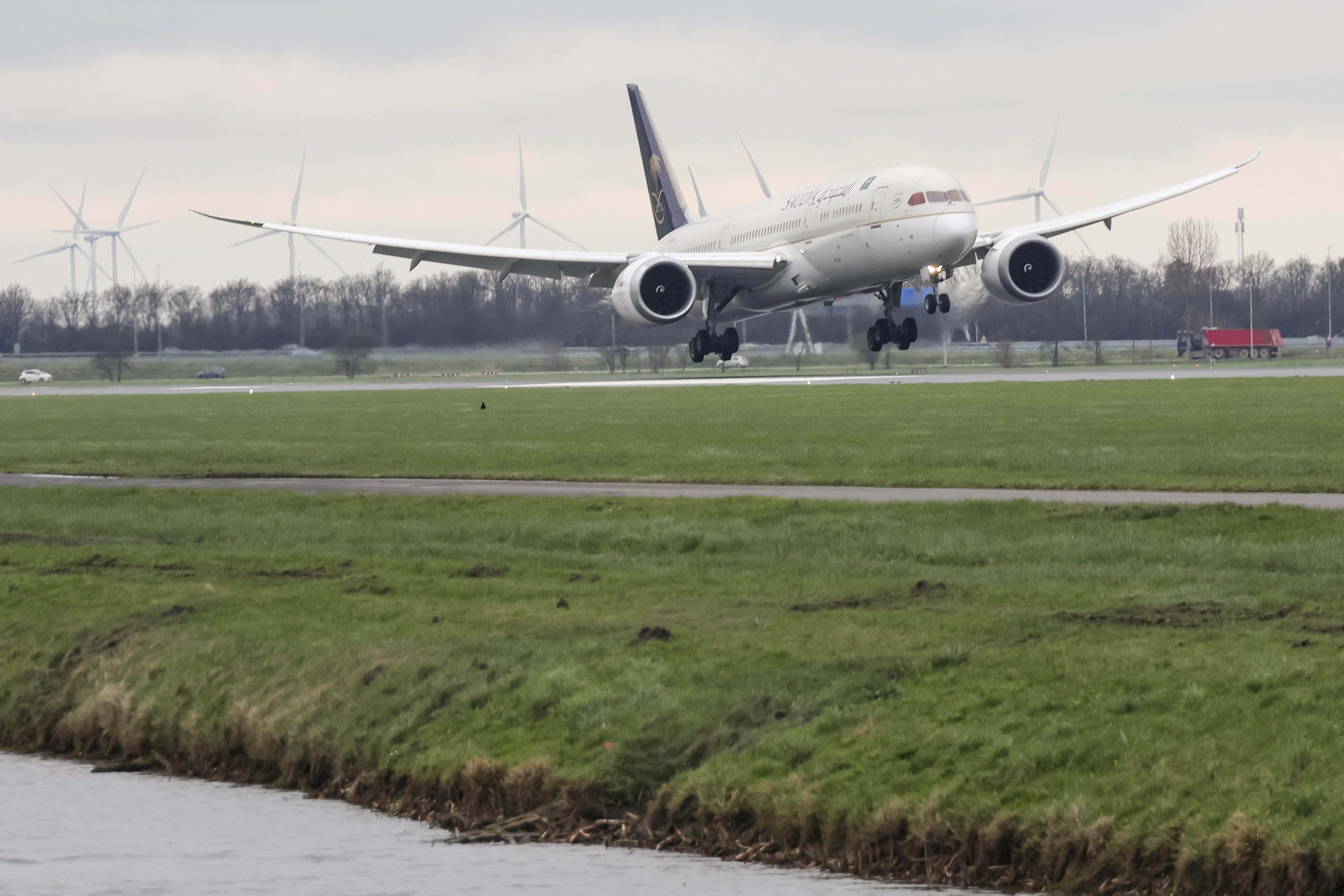
A Boeing 737 Max suffered damage to parts of the plane's structure after it went into a “Dutch roll” during a Southwest Airlines flight last month, U.S. investigators said Friday.
The incident happened as the jet cruised at 34,000 feet from Phoenix to Oakland, California, on May 25, but Southwest did not notify the National Transportation Safety Board about the roll or damage to the jetliner until June 7, the NTSB said.
Watch NBC6 free wherever you are
“Following the event, SWA performed maintenance on the airplane and discovered damage to structural components,” the safety board said.
The NTSB comment could suggest that the incident was more serious than previously known, but aviation experts said it was too soon to know for sure.
Get local news you need to know to start your day with NBC 6's News Headlines newsletter.
A Southwest spokesperson said the Dallas-based airline is participating in the investigation. He declined further comment.
A Dutch roll is a combination of yaw, or the tail sliding side to side, and the plane rocking in a way that causes the wings to roll up and down. The name comes from the way the rhythmic, swaying movement resembles a form of ice skating that was popular in the Netherlands.
“It's just a part of aerodynamics,” said John Cox, a former airline pilot and now an aviation-safety consultant. “What you feel in the back is that the airplane sort of wallows.”
Pilots train to recover from a Dutch roll, and most modern planes include a device called a yaw damper that can correct the situation by adjusting the plane's rudder. A preliminary report by the Federal Aviation Administration said that after the Southwest plane landed, damage was discovered to a unit that controls backup power to the rudder.
The damage was described as “substantial.”
Cox said the structural damage likely occurred in the plane's tail fin, where the power units are housed. He was baffled that the backup unit would be damaged because normally it would not be activated during a Dutch roll.
Cox said the two-way oscillation of a Dutch roll was a dangerous phenomenon in previous Boeing jets, but not in 737s because of design changes.
Boeing “737s are not prone to excessive Dutch roll. The design of the airplane is (such that) if you do absolutely nothing, the airplane will dampen the Dutch roll out naturally,” he said. “In older-model airplanes — 707s, 727s — it could develop up to the point you could lose control of the airplane.”
The NTSB said it downloaded data from the plane, a Boeing 737 Max 8, which will help investigators determine the length and severity of the incident.
Investigators won't know precisely what the pilots were saying, however: The cockpit voice recorder was overwritten after two hours.
The pilots regained control and landed at Oakland. There were no reported injuries on the flight, which carried 175 passengers and a crew of six.
The NTSB said it expected to issue a preliminary report on the incident in about 30 days.




